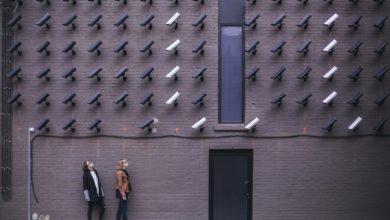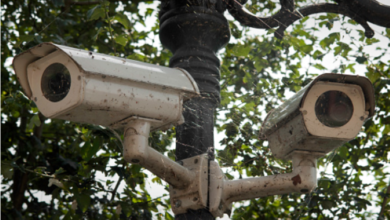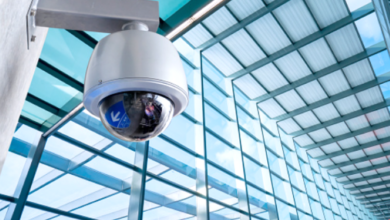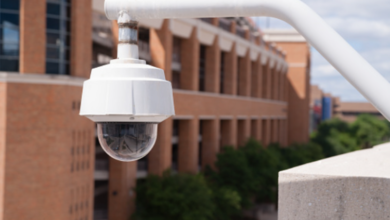What Are The Functions of Protective Barriers In Physical Security?
KEY TAKEAWAYS
Physical security is the first line of defense against internal and external threats. Protective barriers in physical security help in eliminating the likelihood of these threats. A protective barrier defines an area’s physical limit, restricts unauthorized access, and protects against a breach.
Types of Protective Barriers
When choosing the right protective barrier for yourself, it is important to learn the benefits of each. There are two types of protective barriers:
- Natural: Natural protective barriers are difficult to traverse terrain like mountains, cliffs, deserts, ditches, waterfalls, etc.
- Structural: Structural protective barriers are human-made devices like walls, fences, grills, bars, windows, etc.
Access to natural barriers is usually not available. For example, a facility in an urban environment won’t have the natural barrier of water or desert, etc. In these cases, structural barriers reign supreme.
Functions of Protective Barriers
It is crucial to make protective barriers a part of your physical security system for effective access control. Following are some of their important functions mentioned:
- Define parameters
- Control traffic flow
- Have entry control points to check IDs
- Delay forced entry
- Protect individual assets.
- Allow only authorized visitor
- Act as a psychological deterrent
Protective barriers are required wherever there is a valuable asset. However, they can also be compromised due to an internal or external threat. To avoid that, you must inspect and maintain them regularly.
The bottom line is to be proactive and take physical security measures to protect what’s important to you. For more information, check out the rest of SIA Online.





